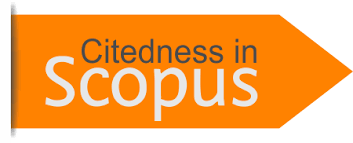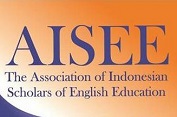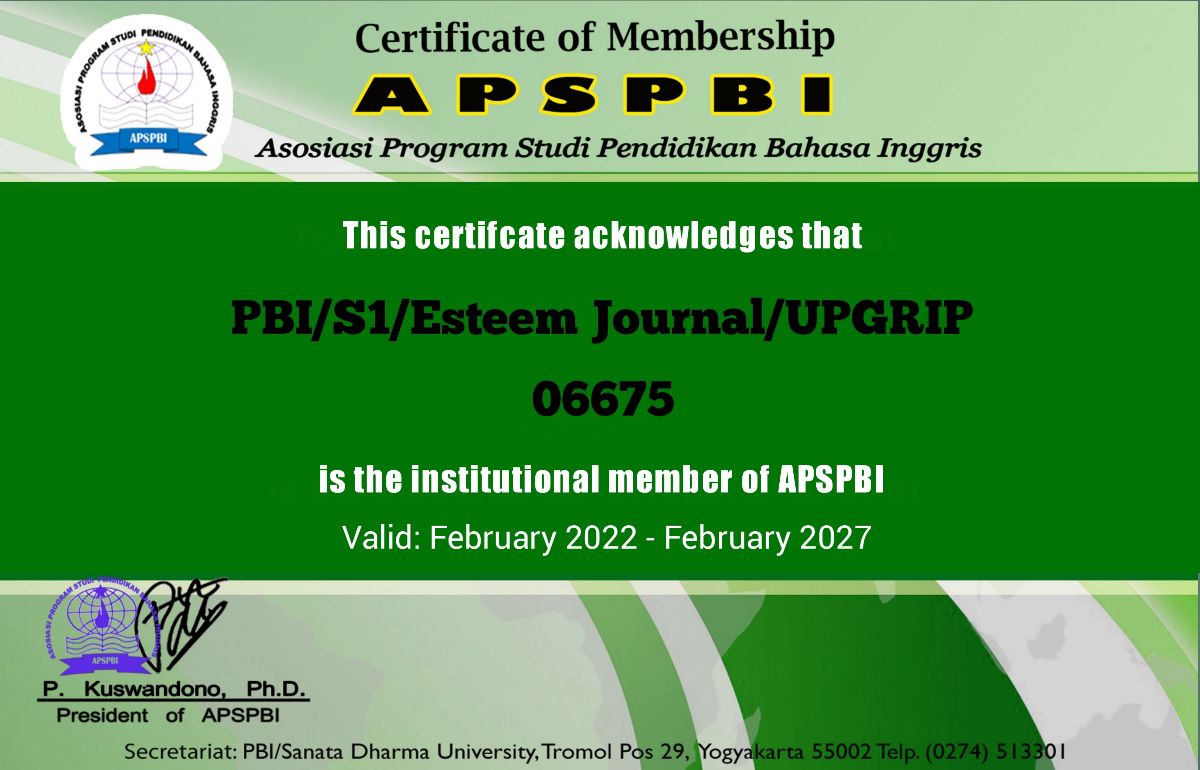THE INFLUENCE OF EXTENSIVE READING STRATEGY AND READING INTEREST TOWARD STUDENTS’ READING COMPREHENSION OF ELEVENTH GRADE STUDENTS OF SMAN 1 TULUNG SELAPAN.
DOI:
https://doi.org/10.31851/esteem.v5i2.8540Keywords:
Reading Comprehension, Extensive Reading.Abstract
The objectives of the study are to find out whether or not(1) There is significant influence of extensive reading towards students’ reading comprehension between those who have height reading interest and those who have low reading interest at the eleventh grade students of SMA Negeri 1 Tulung Selapan (2) There is significant influence of conventional reading strategy toward the eleventh grade students’ reading comprehension between who those have high reading interest and those who have low reading interest at the eleventh grade students of SMA Negeri 1 Tulung Selapan. (3) There is significant influence of extensive reading strategy and conventional reading strategy towards the eleventh grade students’ reading comprehension between those who have high reading interest and those who have low reading interest at the eleventh grade students of SMA Negeri 1 Tulung Selapan.(4) There is significant interaction effect of extensive reading strategy and reading interest on students’ reading comprehension at the eleventh grade students of SMA Negeri 1 Tulung Selapan. This study used Saphiro-Wilk test and it used Levene's test in testing the homogenity. It was found that the significance value for homogeneity test (Levene’s test) was 0.021 which is lower than 0.05, therefore the data was not considered homogeny, so the writers took the equal variances not assumed on t-test. Next, the significance value for t-test was 0.000. It showed that there was a significant difference of extensive reading strategy and no treatment reading strategy on the eleventh grade students’ reading comprehension who have low reading interest because the sig. value was lower than 0.05. That means the null hypothesis (Ho3b) is rejected.References
Colgan, Mark. Ten Cooperative Learning Techniques for Building Classroom, 2010.
Communities. 2010 AMATYC Conference Taylor University Upland, IN. (Accessed on 20 May, 2017)
David, Crystal. 2008. A Dictionary of Linguistic and Phonetic.USA: Blackwell Publising
Fokeye, 2016. Structure as A Determinant of Senior Secondary School Students’ Achievement in English Narrative Text in Ido Local Government Area, Oyo State. International Journal of Arts and Humanities (IJAH) Bahir Dar- Ethiopia Vol. 5(2), S/No 17, April, 2016:270-283 (Online). http://dx.doi.org/10.4314/ijah.v5i2.22 (Accessed on 25 May 2017)
Jaya, A., Mortini A., (2021). Visual Scaffolding and Intensive Reading Strategies Based on Gender. Esteem Journal.
Hyland, K. Second Language Writing. NewYork: Cambridge University, 2004.
Lou,Leaver. Round table on language and Linguistics. Georgetown University Press. 2005.
Sugiono. Metode Penelitian Pendidikan Pendekatan Kuantitatif, Kualitatif, dan R&D. Bandung: ALFABETA, 2016.
Wardiman, Artono, et.al. “English in focus, for Grade VII Junior High School (SMP/Mts)â€, Jakarta: Pusat Pembukaan, Departemen Pendidikan Nasional, 2008).
Yassen, Wafa. Cooperative Learning in the EFL Classroom. The WEI International. Academic Conference Proceedings: Vienna Austria, 2014.
Downloads
Published
Issue
Section
License
Copyright Notice
Authors who publish with this journal agree to the following terms:
In order to assure the highest standards for published articles, a peer review policy is applied. In pursue of the compliance with academic standards, all parties involved in the publishing process (the authors, the editors and the editorial board and the reviewers) agree to meet the responsibilities stated below in accordance to the Journal publication ethics and malpractice statement.
Duties of Authors:
- The author(s) warrant that the submitted article is an original work, which has not been previously published, and that they have obtained an agreement from any co-author(s) prior to the manuscript’s submission;
- The author(s) should not submit articles describing essentially the same research to more than one journal;
- The authors(s) make certain that the manuscript meets the terms of the Manuscript Submission Guideline regarding appropriate academic citation and that no copyright infringement occurs;
- The authors(s) should inform the editors about any conflict of interests and report any errors they subsequently, discover in their manuscript.
Duties of Editors and the Editorial Board:
- The editors, together with the editorial board, are responsible for deciding upon the publication or rejection of the submitted manuscripts based only on their originality, significance, and relevance to the domains of the journal;
- The editors evaluate the manuscripts compliance with academic criteria, the domains of the journal and the guidelines;
- The editors must at all times respect the confidentiality of any information pertaining to the submitted manuscripts;
- The editors assign the review of each manuscript to two reviewers chosen according to their domains of expertise. The editors must take into account any conflict of interest reported by the authors and the reviewers.
- The editors must ensure that the comments and recommendations of the reviewers are sent to the author(s) in due time and that the manuscripts are returned to the editors, who take the final decision to publish them or not.
Authors are permitted and encouraged to post online a pre-publication manuscript (but not the Publisher final formatted PDF version of the Work) in institutional repositories or on their Websites prior to and during the submission process, as it can lead to productive exchanges, as well as earlier and greater citation of published work (see The Effect of Open Access). Any such posting made before acceptance and publication of the Work shall be updated upon publication to include a reference to the Publisher-assigned DOI (Digital Object Identifier) and a link to the online abstract for the final published Work in the Journal.





























